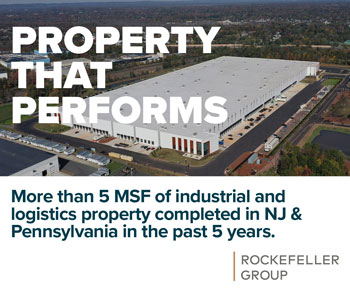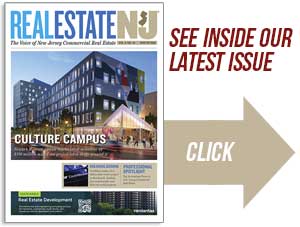With the U.S. economy poised to accelerate in 2018, many expect that New Jersey will once again be left out of the party. Yet New Jersey’s economy should surprise many this year and generate its strongest growth rate since 2000.
Sponsored Content
2018 REAL ESTATE MARKET FORECAST
With the state’s unemployment rate below 5.0 percent, employee recruitment and retention will remain top priorities for office occupiers in the coming year. Rather than remaining in outdated, inefficient workspaces, a growing chorus of companies will pursue relocations to upgraded, amenity-filled office buildings to aid in these efforts.
Trend Watch Dec. 4: New office buildings boast 12% vacancy rate
The year of construction for buildings has significant impact on reported vacancy rate. Buildings completed since 2010 maintained the lowest vacancy rates, as office occupiers prefer new product. Demand for new construction will drive the demolition/rehabilitation of older, vacant office buildings, especially in strategically located markets lacking sites for new construction.
Trend Watch Nov. 28: Big-box leasing activity continues a climb
Twelve leases greater than 500,000 square feet closed throughout northern and central New Jersey, an increase of 33.3 percent year-over-year and a pace expected to outpace year-end totals for 2016. Big-box leasing has tripled as traditional retailers and e-commerce companies —representing 75.0 percent of big-box leasing for 2017 — continued to expand their distribution networks.











